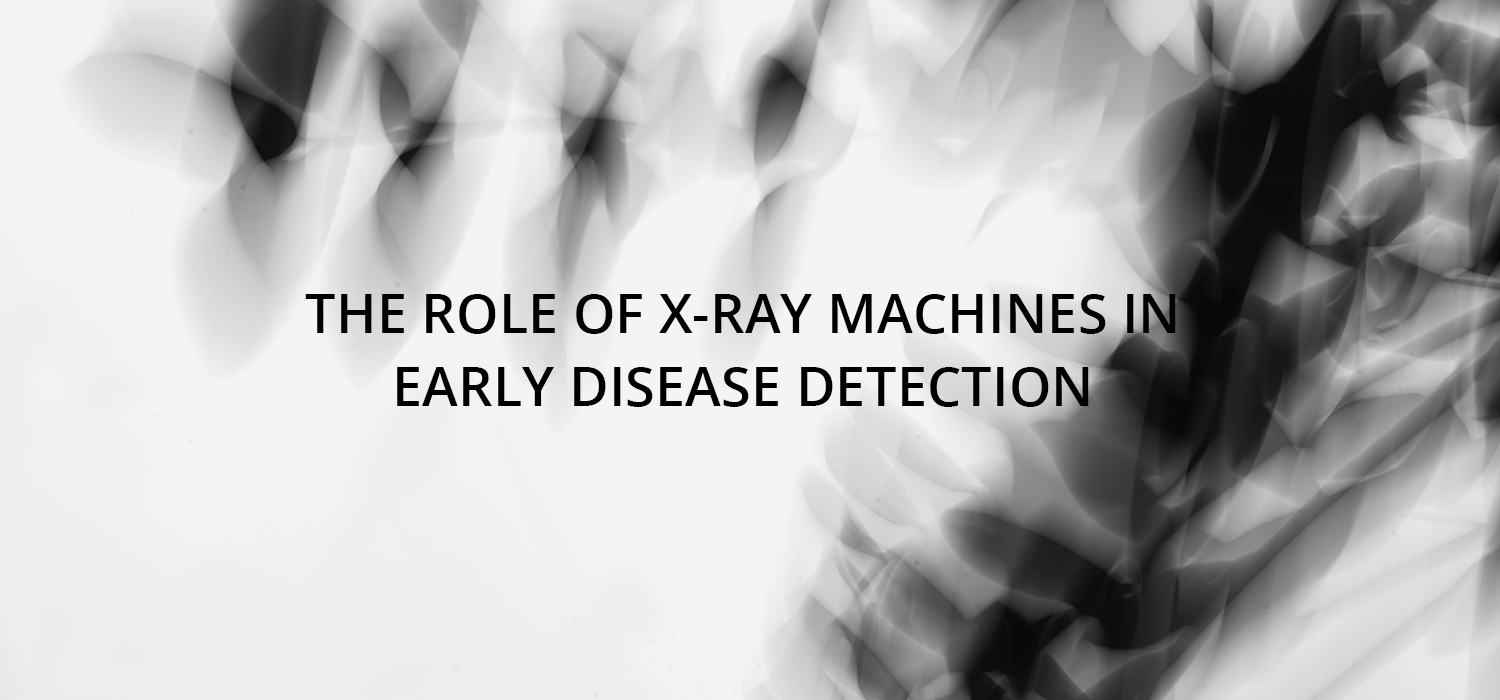

In the field of medical diagnostics, X-ray machines have played a pivotal role in the early detection of diseases for decades. With their ability to peer inside the human body and reveal hidden pathologies, X-ray machines have revolutionized the way diseases are diagnosed and treated. In this blog, we will delve into the pivotal role played by X-ray machines in early disease detection, shedding light on their benefits, limitations, and the impact they have on healthcare outcomes.
A Window into the Unseen: Unveiling Internal Anomalies
X-ray machines serve as a powerful diagnostic tool to visualize internal structures and identify abnormalities that may not be apparent on the surface. By capturing images of bones, organs, and tissues, X-rays enable early detection of fractures, tumors, infections, and other pathological conditions. This non-invasive imaging technique provides valuable insights into a patient's health, facilitating prompt diagnosis and treatment initiation.
Widening Diagnostic Capabilities: Beyond Traditional Radiography
While traditional radiography remains a fundamental application of X-ray machines, modern advancements have expanded the diagnostic capabilities. Computed Tomography (CT) scans, utilizing X-rays from multiple angles, create detailed cross-sectional images that aid in detecting complex conditions like cancer, cardiovascular diseases, and neurological disorders. Moreover, specialized X-ray techniques, such as fluoroscopy and mammography, focus on specific areas of the body and enable early detection of conditions like gastrointestinal disorders and breast cancer.
Collaboration and Integration: Enhancing Diagnostic Accuracy
X-ray machines are now integrated into comprehensive healthcare systems. Radiologists and other healthcare professionals collaborate to analyze X-ray images, combining their expertise to ensure accurate interpretation. This collaborative approach, combined with cutting-edge technology, maximizes the potential of X-ray machines in early disease detection. By investing in the best available X-ray machines, medical practitioners can optimize the accuracy and reliability of their diagnoses.
Avenues for Future Advancements: From Image Quality to Artificial Intelligence
The future of X-ray machines in early disease detection holds immense promise. Ongoing research focuses on enhancing image quality, reducing radiation exposure, and developing novel techniques that can detect diseases even at their earliest stages. Additionally, the integration of artificial intelligence (AI) and machine learning algorithms into X-ray image analysis shows great potential for automating the detection and classification of abnormalities, further improving diagnostic accuracy and efficiency.
In conclusion, X-ray machines have undeniably transformed medical diagnostics, playing a crucial role in the early detection of diseases. With the availability of affordable and portable options, such as wholesale-priced, portable, digital, and mobile X-ray machines, healthcare professionals can extend their reach, ensuring that even the most remote or underserved populations receive timely and essential diagnostic services. As technology continues to advance, these machines are poised to become even more efficient, accurate, and accessible, further revolutionizing the field of early disease detection.
